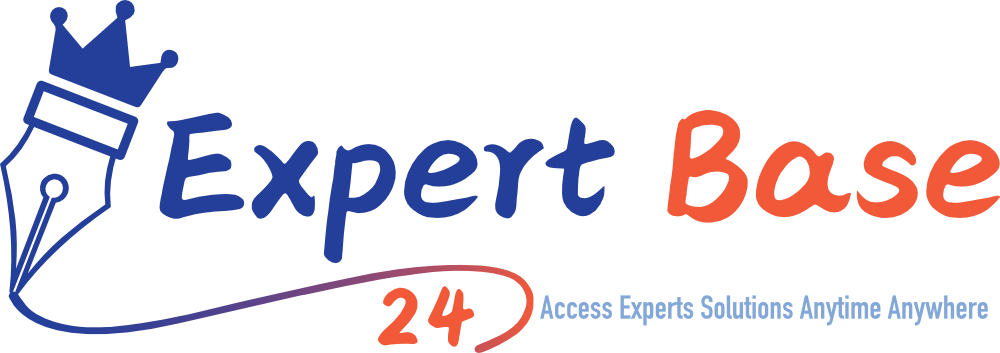The Research Onion is a simple yet powerful tool that helps us understand the many layers of research, from big-picture philosophies to hands-on techniques. At first, research can feel overwhelming with all its jargon and complexity, but the Research Onion breaks it down into manageable steps, making the process easier to grasp.
In this vlog, we’ll take you through each layer of the Research Onion—starting with your overall worldview and narrowing down to the methods for collecting and analyzing data. Whether you’re new to research or just looking for clarity, this guide will help you design a methodology that aligns perfectly with your goals.
Let’s dive in and explore how the Research Onion can simplify your research journey, layer by layer!
Outer Layer: Philosophy (The Research Worldview)
This layer represents the “big picture” or mindset guiding the research. It answers the question: How do you view the world and knowledge?
- Positivism:
- Imagine being a scientist in a lab who believes everything can be measured and proven with data. Positivists trust numbers, facts, and experiments to find the truth.
- Critical Realism:
- Think of someone digging deeper to find hidden causes behind events. They believe that what we see is only part of the story and that we must uncover what’s beneath the surface.
- Pragmatism:
- A practical approach where you focus on what works. Instead of sticking to one idea, pragmatists mix methods and use tools that fit the situation best.
- Post-Modernism:
- A creative and open-minded perspective that questions traditional ways of thinking. Post-modernists believe there’s no one “correct” answer—everything depends on context and interpretation.
Second Layer: Approach to Theory Development (How You Build Ideas)
This layer shows how researchers build knowledge or develop theories. It answers the question: How do you plan to connect ideas and evidence?
- Deduction (Top-Down Thinking):
- Start with a big idea or theory, like predicting the weather using science, and then test it with experiments or data.
- Induction (Bottom-Up Thinking):
- Begin by observing what’s happening, like watching clouds and rain patterns, and use these observations to create a theory.
- Abduction (Creative Guessing):
- Notice something surprising—like sudden rainfall on a sunny day—and come up with the best possible explanation.
Third Layer: Methodological Choice (How You Collect Information)
This part focuses on choosing research methods. It answers: Will you use numbers, words, or both to find answers?
- Mono Method Quantitative:
- Use just one numerical method, like surveys or experiments, to collect measurable data (e.g., “How many people like pizza?”).
- Mono Method Qualitative:
- Use one method based on words, stories, or observations, like interviews or studying behavior (e.g., “Why do people like pizza?”).
- Multi-Method (Quantitative or Qualitative):
- Use several tools or techniques within one type of research. For example, you could use both a survey and an experiment to explore numerical data.
- Mixed Methods:
- Combine both numbers (quantitative) and words (qualitative). For instance, you could run a survey to get numbers and then conduct interviews to understand the reasons behind those numbers.
Fourth Layer: Strategies (The Game Plan)
This layer represents different ways to organize and carry out your research. It answers: What’s your overall plan for the study?
- Survey:
- A quick way to collect data from many people by asking them the same questions, like an online poll.
- Experiment:
- Create a controlled environment to test something, like seeing if plants grow faster with more sunlight.
- Archival Research:
- Look through old records, documents, or data to find patterns or insights (e.g., studying past weather reports to predict climate changes).
- Case Study:
- Focus on one specific example or situation, like studying how a single company succeeded in business.
- Ethnography:
- Immerse yourself in a group or community to understand their culture and daily lives, like living in a remote village to study their traditions.
- Grounded Theory:
- Collect data first and then build a new theory from scratch, like piecing together a puzzle without knowing the final picture.
- Action Research:
- Work with people directly to solve a problem, such as helping a school improve its teaching methods while studying the process.
Fifth Layer: Time Horizon (When the Research Happens)
This layer is about the timeframe of your study. It answers: Will you study something once, or over time?
- Cross-Sectional:
- Take a snapshot of a situation at one specific moment, like conducting a survey about shopping habits today.
- Longitudinal:
- Study something over a long time to see how it changes, like tracking how a person’s health improves after exercising for a year.
Core: Data Collection and Analysis (The Research Engine)
At the center of the diagram is the key purpose of all research—collecting and analyzing information to find answers.
This could include surveys, interviews, experiments, or reviewing documents, depending on the strategy you choose.









